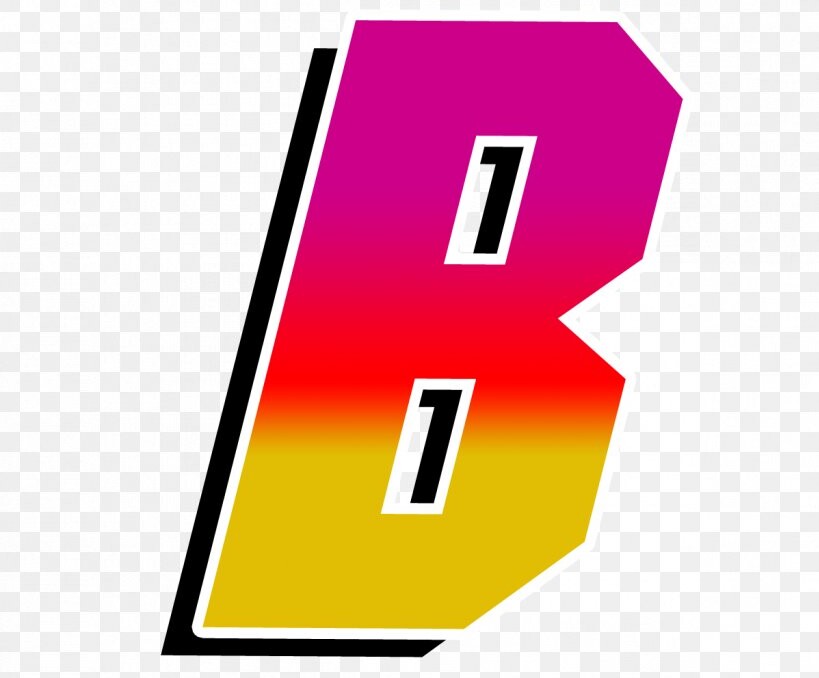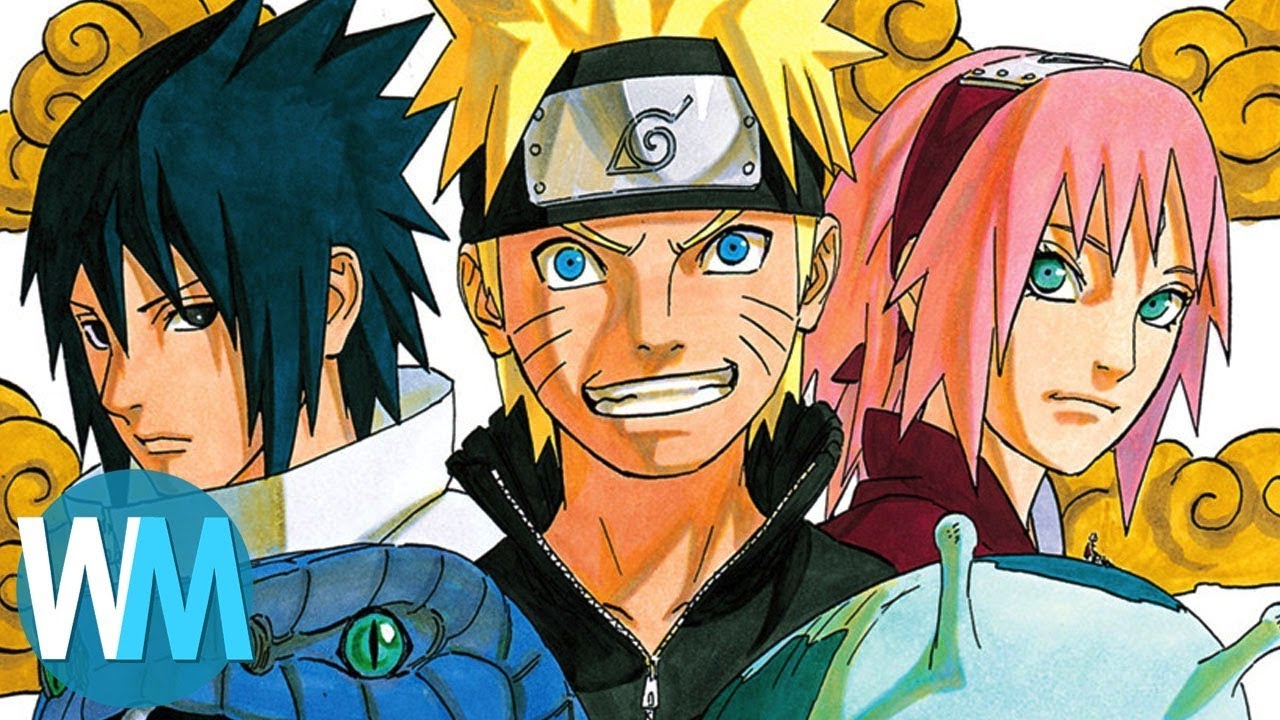Manga what is – Manga: What Is It? Yo, let’s dive headfirst into the wild world of Japanese comics! Forget your average superhero fare – manga’s a whole different beast, blending crazy art styles, epic storylines, and genres so diverse they’ll blow your mind. From heart-stopping action to tear-jerking romances, we’re about to unlock the secrets of this global phenomenon.
We’ll break down everything from the history and cultural impact of manga to the different styles like shonen (think action-packed adventures) and shojo (romantic dramas galore!), and even explore how the art itself—the panel layouts, the expressive characters, the crazy sound effects—tells the story. Get ready to geek out!
Manga: A Deep Dive into Japanese Comics
Yo, manga fans! Let’s break down the world of Japanese comics, from its origins to its global impact. We’ll cover everything from the art style and storytelling techniques to the different genres and the unique reading experience. Get ready for a total manga immersion!
Manga Origins and Defining Characteristics
Manga’s roots trace back to 12th-century Japan with narrative picture scrolls. However, its modern form emerged in the late 19th and early 20th centuries, influenced by Western cartoons and printmaking techniques. Key characteristics that set manga apart include its distinct art style—often featuring large expressive eyes, dynamic action lines, and unique character designs—and its diverse range of genres catering to a wide audience.
Comparison of Manga and Western Comics
While both manga and Western comics tell stories through sequential art, their styles differ significantly. Manga typically features a more expressive art style with exaggerated features, while Western comics often lean towards realism or a more stylized approach. Storytelling also varies; manga often incorporates more complex plotlines and character development, while some Western comics prioritize action and adventure.
Manga Genres and Their Defining Features
The manga world is incredibly diverse. From action-packed shonen to heartwarming shojo, there’s a genre for everyone. Let’s explore some key examples:
| Genre | Target Audience | Common Themes | Art Style |
|---|---|---|---|
| Shonen | Teenage boys | Action, adventure, friendship, overcoming challenges | Dynamic action sequences, detailed fight choreography |
| Shojo | Teenage girls | Romance, drama, friendship, personal growth | More delicate art style, focus on character emotions |
| Seinen | Young adult men | Mature themes, complex plots, psychological depth | Wide range of styles, often darker and more realistic |
| Josei | Adult women | Realistic relationships, complex characters, social commentary | Varied styles, reflecting the maturity of the themes |
| Kodomomuke | Young children | Simple stories, bright colors, educational elements | Simple, child-friendly art style |
Manga Art and Storytelling Techniques: Manga What Is
Manga’s visual language is incredibly expressive. It utilizes a unique blend of artistic conventions to create dynamic and engaging narratives.
Artistic Conventions in Manga
Common artistic conventions include expressive eyes conveying a wide range of emotions, dynamic poses and action lines to emphasize movement, and the use of speed lines and other visual effects to enhance the storytelling. Backgrounds can range from detailed and realistic to minimalistic, depending on the genre and the artist’s style. Character designs are often unique and memorable, reflecting the personality and role of each character.
Panel Layouts and Visual Storytelling
Manga utilizes diverse panel layouts to control the pacing and flow of the narrative. Large panels can emphasize key moments, while smaller panels can create a sense of urgency or rapid action. The arrangement of panels, combined with the use of visual cues like gutters and speech bubbles, guides the reader’s eye and enhances the overall storytelling experience.
Narrative Structures and Plot Devices
Manga often employs common narrative structures such as flashbacks, foreshadowing, and cliffhangers to keep readers engaged. Popular plot devices include rivalries, unexpected twists, and the development of complex relationships between characters. Many series incorporate overarching storylines that span multiple volumes, creating a sense of anticipation and investment in the characters’ journeys.
Innovative Storytelling Methods
Many manga series push creative boundaries with innovative storytelling. For example, Monster by Naoki Urasawa masterfully uses flashbacks and interwoven narratives to build suspense and explore complex themes. Death Note employs a unique game-like narrative structure, creating a cat-and-mouse chase between two brilliant minds. Oyasumi Punpun utilizes a distinctive art style to convey the protagonist’s emotional turmoil and psychological struggles.
Browse the multiple elements of manga seinen meaning to gain a more broad understanding.
Visual Representation of Speed Lines and Visual Effects
Imagine a scene of a character sprinting. To depict this speed, imagine multiple thin, radiating lines emanating from the character, growing longer and thinner as they extend outwards, creating a sense of motion blur. These lines are thicker and darker near the character, gradually fading into lighter shades as they reach the edges. Additionally, motion lines can be used to illustrate the movement of objects, such as a speeding car or a thrown projectile, similar to the speed lines but often curved to reflect the trajectory of motion.
Sweat drops, often depicted as small, teardrop-shaped droplets, can show exertion or stress. Impact effects, such as cracks in the ground or exploding debris, are often depicted with jagged lines and shaded areas to emphasize the force of impact. These visual elements work together to enhance the dynamism and energy of the scene, effectively conveying movement and emotion to the reader.
Manga Culture and Consumption
Manga is deeply ingrained in Japanese culture and has significantly impacted global media consumption.
Cultural Significance of Manga

Manga is a major part of Japanese popular culture, influencing fashion, music, and language. It’s a significant economic force, with a massive industry supporting creators, publishers, and retailers. Globally, manga has introduced Japanese storytelling and art styles to a vast audience, fostering cultural exchange and appreciation.
Consumption Methods
Manga is consumed through various mediums. Traditionally, it’s enjoyed in print form, through tankobon (single volumes) and collected editions. The rise of digital platforms has provided access to manga through e-readers, apps, and online services, increasing accessibility and convenience for readers worldwide.
Impact on Other Media
Manga’s influence extends far beyond its own medium. It’s a primary source material for anime adaptations, video games, and other forms of media, often inspiring creative interpretations and expanding upon existing storylines. The visual styles and storytelling techniques used in manga have also influenced other comic book industries globally.
Comparison of Manga Industries
The Japanese manga industry is significantly larger and more established than those in other countries. It has a long history, a robust infrastructure, and a vast network of creators, publishers, and distributors. Other countries have developed their own manga-inspired comic industries, but they often lack the same scale and cultural integration as Japan’s.
Timeline of Manga Milestones
- Early 19th Century: Early forms of manga emerge, influenced by woodblock prints and Western cartoons.
- Early 20th Century: Manga artists like Rakuten Kitazawa gain popularity, establishing key stylistic elements.
- Post-WWII: Manga experiences a surge in popularity, with Osamu Tezuka’s works defining a new era.
- 1970s-1980s: Manga genres diversify, and the industry expands significantly.
- 1990s-Present: Manga gains global recognition, with increased international distribution and adaptations.
Manga Genres and Examples
Exploring different manga genres provides a glimpse into the rich diversity of stories and artistic styles.
Detailed Descriptions of Manga Genres
We’ll delve into five prominent genres: Shonen (action-adventure targeting young boys), Shojo (romance and drama targeting young girls), Seinen (mature themes for young men), Josei (realistic stories for adult women), and Kodomomuke (children’s manga).
Genre Examples

Each genre boasts numerous popular series. Here are three examples for each:
- Shonen: One Piece, My Hero Academia, Attack on Titan
- Shojo: Sailor Moon, Fruits Basket, Nana
- Seinen: Berserk, Vinland Saga, 20th Century Boys
- Josei: Honey and Clover, Paradise Kiss, Chihayafuru
- Kodomomuke: Pokemon, Hamtaro, Crayon Shin-chan
Comparison of Storytelling Approaches
Storytelling approaches vary widely across genres. Shonen often focuses on action-packed narratives and power fantasies, while Shojo emphasizes emotional depth and character relationships. Seinen and Josei explore mature themes and complex character development, often delving into social commentary. Kodomomuke prioritizes simple narratives, bright colors, and educational elements.
Common Themes and Tropes
Each genre features recurring themes and tropes. Shonen often involves overcoming challenges, friendship, and the pursuit of strength. Shojo explores romance, self-discovery, and overcoming societal expectations. Seinen often deals with complex moral dilemmas, existential questions, and psychological depth. Josei focuses on realistic relationships, career aspirations, and social dynamics.
Kodomomuke typically emphasizes friendship, learning, and problem-solving.
| Manga Series | Genre | Target Audience | Key Themes |
|---|---|---|---|
| One Piece | Shonen | Teenage boys | Adventure, friendship, perseverance |
| Sailor Moon | Shojo | Teenage girls | Friendship, love, self-acceptance |
| Berserk | Seinen | Young adult men | War, violence, fate |
| Honey and Clover | Josei | Adult women | Relationships, art, life transitions |
| Pokemon | Kodomomuke | Young children | Friendship, adventure, teamwork |
The Manga Reading Experience
The way manga is read and presented significantly impacts the reader’s experience.
Typical Reading Order, Manga what is
Manga is read from right to left, unlike Western comics which are read from left to right. This is due to the historical influence of Japanese calligraphy and reading habits. The panels are arranged in a way that guides the reader’s eye through the sequence of events.
Sound Effects and Onomatopoeia
Manga utilizes onomatopoeia (words that imitate sounds) extensively, adding to the dynamism and impact of the story. These are often written in stylized fonts and sizes, further emphasizing the sounds they represent. They contribute significantly to the immersive experience, enhancing the reader’s perception of the action and emotions within the narrative.
Impact of Visual Language
Manga’s visual language plays a crucial role in conveying emotions, setting the mood, and advancing the narrative. The use of panel layouts, character expressions, and visual effects works in concert to create a powerful and engaging reading experience. The visual storytelling enhances the emotional connection between the reader and the characters, creating a deeper immersion into the narrative world.
Comparison of Print and Digital Manga
Print manga offers a tactile experience, allowing readers to physically interact with the book. Digital manga provides convenience and accessibility, offering features like adjustable font sizes and bookmarks. The choice between print and digital often depends on personal preference and reading habits.
Physical Format’s Contribution
- Size and Binding: The compact size and often high-quality paper of tankobon contribute to the reading experience. The binding allows for easy page turning and comfortable handling.
- Black and White vs. Color: While many manga are printed in black and white, some are released in full color, enhancing the visual appeal and potentially enriching the reading experience.
- Special Editions: Limited editions with special covers, bonus content, or different formats offer collectors and fans a more unique experience.
So, there you have it—a whirlwind tour through the amazing universe of manga! Whether you’re a seasoned manga fan or a curious newbie, hopefully, this peek behind the scenes has sparked your interest. From its humble beginnings to its current global domination, manga’s impact is undeniable. So grab your favorite volume, dive in, and get ready for an unforgettable ride.
Later!



